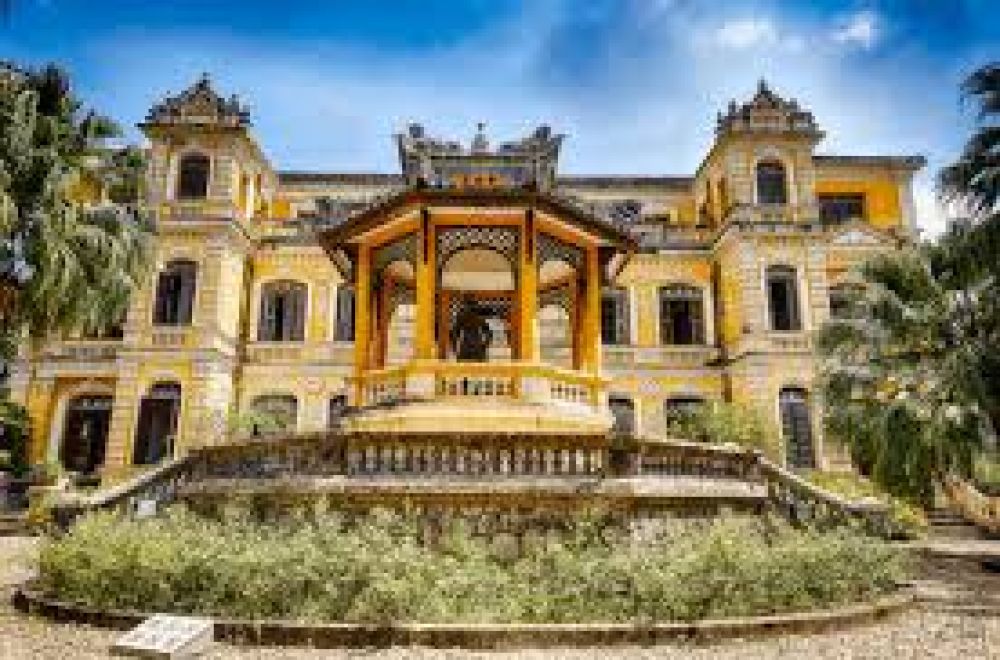

Nestled within the ancient city of Hue, An Dinh Palace stands as a monument to Vietnam's rich and tumultuous history. Hue, once the imperial capital of the Nguyen Dynasty from 1802 until 1945, boasts a plethora of cultural heritage sites, with An Dinh Palace being among the lesser-known yet captivating attractions for tourists and historians alike.
An Dinh Palace was constructed during the reign of Emperor Khai Dinh, in the early 20th century. Originally part of the larger compound belonging to the imperial family, it served as the private residence for Prince Vinh Thuy, who later became Emperor Bao Dai, the last monarch of Vietnam. The palace is prominently known for its fusion of European modernity and Vietnamese tradition, a reflection of the country's colonial past.
The palace's exquisite design, featuring both French architectural influences and Vietnamese artisan craftwork, makes it a unique site. Visitors are often captivated by its ornate interiors, colorful frescoes, and the intricate mosaics that adorn its walls. Following years of neglect, substantial efforts were made to restore An Dinh Palace, which have helped in preserving its beauty and grandeur for future generations.
Tourism in Hue has undergone significant development since the latter half of the 20th century. With a UNESCO World Heritage Site designation in 1993, Hue has cemented its position as a key tourist destination in Vietnam. An Dinh Palace, alongside the more famous landmarks like the Hue Imperial City and the elaborate tombs of the Nguyen emperors, plays a role in attracting both domestic and international visitors.
In recent years, there has been a shift towards more sustainable and culturally immersive experiences among tourists visiting Hue. Travelers are increasingly interested in the stories and historical contexts of places like An Dinh Palace. There is also a rising trend in combining visits to cultural sites with community-based tourism, allowing visitors to engage with local customs and lifestyles.
To cater to the evolving interests of tourists, the local authorities and tourism operators are now offering guided tours that provide rich narratives about An Dinh Palace's past inhabitants and their way of life. Efforts to enhance visitor engagement include interactive exhibitions and the integration of virtual reality experiences that bring to life the historical significance of Hue's monuments.
Today, tourists can visit An Dinh Palace to behold its restored beauty. It serves not just as a reminder of Hue's imperial legacy, but also as an insightful portal into Vietnam's cultural transformation through the ages. For anyone interested in delving into the complex layers of Vietnamese history and enjoying the aesthetic pleasures of a bygone era, An Dinh Palace in Hue is an unforgettable stop on their journey.
Embracing the past while looking forward to the future, the tourism narrative around the palace and Hue in general continues to evolve, promising to offer visitors a truly enriching travel experience.